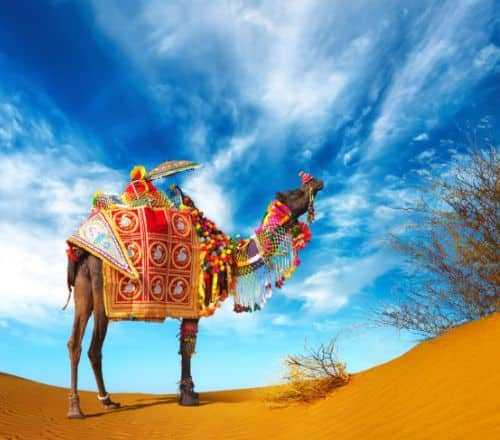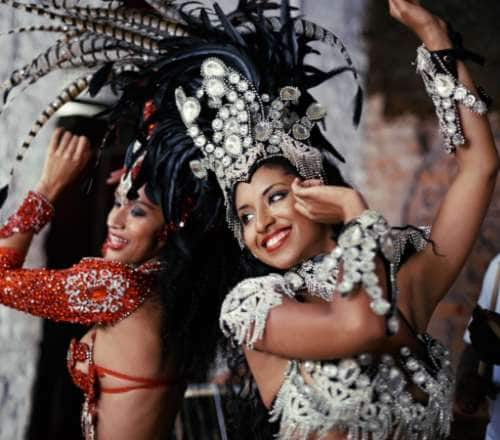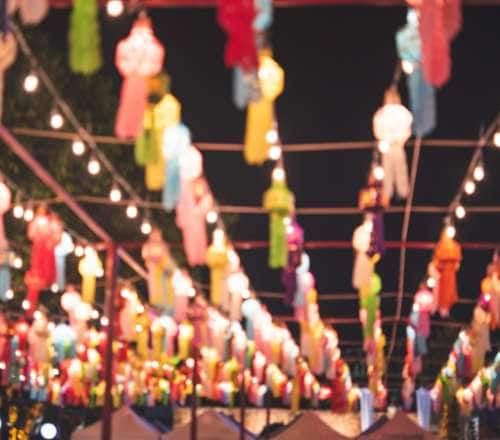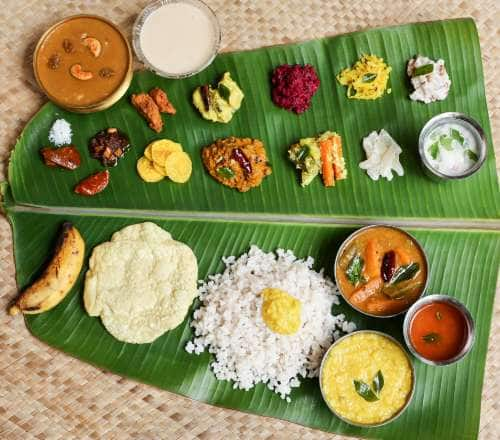Stay logged in to proceed with bookings, orders and offers.
On changing the terminal, you will loose items in your cart. Are you sure you want to change your terminal?
Experience a week-long cultural fiesta with the finest display of Indian dance forms.
Khajuraho is a small town in the Chhatarpur district of Madhya Pradesh, and is a renowned UNESCO World Heritage site. Most of its magnificent temples were built during the reign of the Chandela Dynasty around 10th century. The “Khajuraho Group of Monuments” are divided into three categories—the Western, Eastern and Southern Group of temples. These temples primarily represent Hindu, Buddhist and Jain beliefs. Many researchers, scholars, historians and tourists come to visit and study the grandeur of this place. My first tryst with Khajuraho was a few years ago. After a day tour of the temples and ASI Museum, I attended the evening “Light and Sound show”, which gave me a few insights into Khajuraho. It further elevated my interest and I decided to attend the Khajuraho Dance Festival next year. However, it took me longer than a year to return to these fascinating structures.
In February 2023, I made an impromptu solo plan and took an overnight train from Delhi to Khajuraho. The Khajuraho railway station lies about 5-6 km from the temples and is well connected to major Indian cities. Earlier, I had taken the road from Gwalior to reach here. You can also take the road from Bhopal or Indore. I only had three days to attend the 49th Khajuraho Dance festival. I stationed myself in a small guesthouse that was approximately a 10-minute walk from the temple complex. It was a wonderful opportunity to interact with other travellers and locals on my way to the festival venue. The information available on the official website, www.khajurahodancefestival.com, gave me an idea of the scheduled events of the festival. You may also collect more details from the information centre near the Western Group of temples.
In 1975, the idea of the festival was conceived and organised by the Madhya Pradesh Tourism Department to promote tourism in the small town. The gradual success made it an annual affair. Currently, the 7-day long “Khajuraho Nritya Samaroh” is mostly held from 20-26 February every year. It is organised by the Directorate of Culture, Madhya Pradesh and the Ustad Alauddin Khan Music and Arts Academy, Bhopal. The sprawling lawns of Kandariya Mahadev and Jagadamba temples serve as the perfect premises for this cultural extravaganza. It beautifully showcases an amalgamation of all the major Indian classical dance forms—Odissi, Bharatnatyam, Kathak, Kuchipudi, Mohiniattam, Manipuri etc. by prominent artists. Many artists were felicitated during the inaugural ceremony. In the past, remarkable names like Birju Maharaj, Sitara Devi, Sonal Mansingh, Shovana Narayan and Hema Malini have graced the festival with their breathtaking performances.
The event was free and open to all. Over the next three evenings, I lost myself in a mesmerising world created by the artists. There was a sea of domestic and international visitors. A duet on Kathakali and contemporary dance was something new to me. The familiar forms of Odissi, Bharatnatyam and Kathak were a delight to watch. Each piece was a remarkable display of pure devotion from the artists that left me spellbound. I met a few art students who informed me about the ancillary programmes of the festival. I was particularly impressed with ‘Art-Mart’ and ‘Hunar’. While the former was an exhibition showcasing art from India and other countries, the latter was an exhibition of Indian arts and traditions. An intellectual dialogue on arts through Kala Vaarta was another engaging experience for me.
The performances were scheduled from 5-10 pm every day, providing me with enough time to explore the nearby attractions. I took a day outing to the majestic Raneh Canyons and Pandav Falls in Panna. It felt like even the smallest element of nature was dancing to an invisible rhythm. Dance and music have always been an integral part of cultural tourism in India; it is believed that our myriad dance forms originated from temples. Interestingly, many Indian states organise such festivals now; however, Khajuraho remains a pioneer in this field. The well-planned aesthetics, the inclusion of distinct art forms, and the gradual introduction of contemporary forms under the same roof are a paradise for art and culture lovers. The Khajuraho Dance Festival is a perfect example of how a seemingly small destination can be put on the world map through creative efforts while retaining its authentic traditions and culture.





The Adani One expressly disclaims all liability, direct and indirect, in respect to actions taken or not taken based on any or all the contents of this Blog. The Blog is an opinion of the contributor based on the collation of data from various sources and is provided only for information purpose. Adani One does not canvass, advertise, solicit, invite or induct for any product, merchandise, information, brand or any other materials mentioned in the Blog, nor does it obtain any monetary benefit from the same. Reader is advised to read and apply his/her intellect and discretion in this regard. Any Intellectual Property mentioned in this blog belongs to the rightful owner. We do not intent to claim any interest over the same.